Die Cutting Explained
You might come across different products that are capable of being cut into a custom shape. What does this process entail, and more significantly, how can it assist you in producing the ideal printed item?
What is Die Cutting
Die cutting is a popular and cost-effective method of cutting many printed items, including business cards, into identical custom shapes. To create the custom shape, the design is first printed onto a square or rectangular sheet of material, typically paper or card. Then, a specially made ‘die’ or ‘punch block’ is loaded into a machine.
The die is a wooden block with a metal blade that is bent and folded into the desired shape. When the machine applies pressure to the printed sheet and the die, the blade cuts the material instantly into the desired shape, resulting in unique and distinctive business cards.
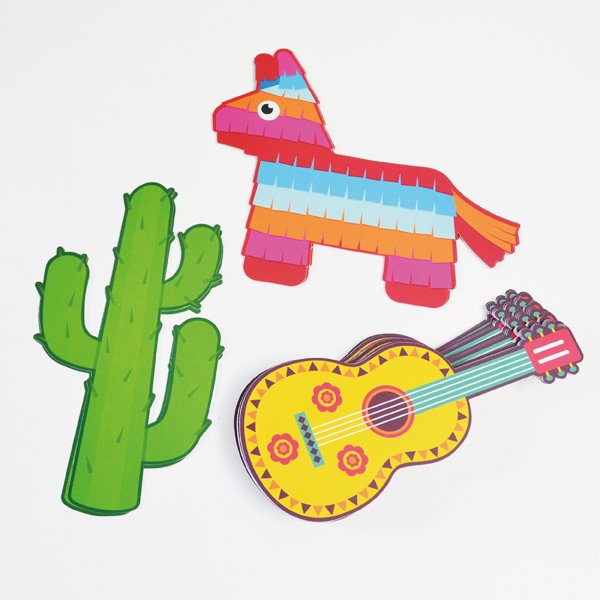
Die cutting is for more than just eye catching custom shaped flyers however, it also helps create the more functional aspects of printed products such as pockets and flaps on folders and boxes plus the curves, circles and intricate interlocking elements on our speciality print.
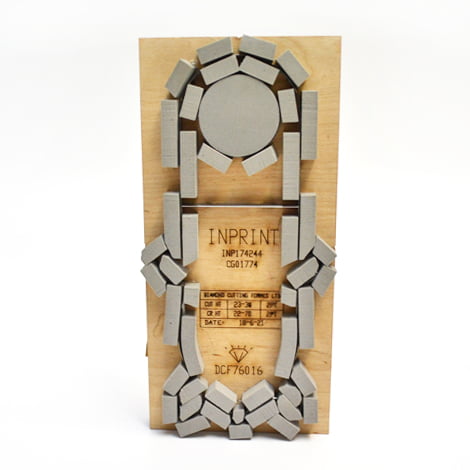
Die cut block
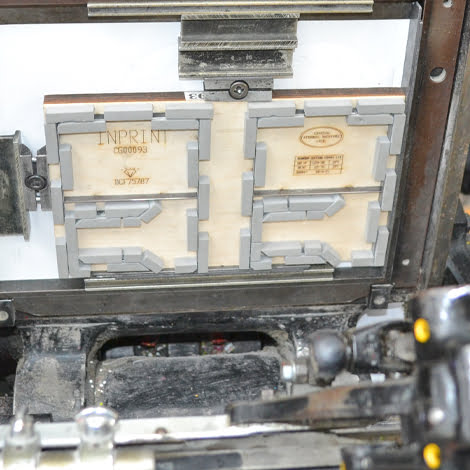
Block mounted on platten
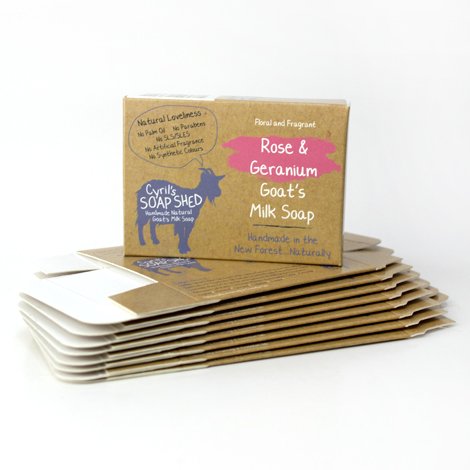
Custom cut boxes
Why is die-cutting beneficial?
With die-cutting, you can create your desired shape quickly and efficiently in one swift motion, avoiding the time-consuming process of using a digital cutter to maneuver through curves and corners. Once the die is created, it can be reused multiple times to produce hundreds of identical, custom-shaped business cards.
Which materials can be die-cut?
Die-cutting is most effective on low strength materials such as paper and card, due to the ‘punch-out’ style of cutting. The minimum paper weight suitable for die-cutting is 170gsm (approximately 140micron), and the maximum weight is 500gsm (approximately 600micron). The thickness is measured in microns, which is equivalent to thousandths of a millimetre. It is important to note these specifications when choosing materials for die-cutting business cards.
What about foamboard, correx and dibond?
For heavier weight large format materials, digital die-cutting is typically required. Unlike traditional die cutting, which utilizes physical dies to create the shape, digital cutting relies on a blade that follows a computer-programmed path to produce the desired shape.
Digital cutting machines are comprised of a flat table area and a collection of cutting, milling, and scoring attachments mounted on an arm. This arm enables the cutter to move left, right, forwards, and backwards.
To use a digital cutting machine, the printed sheet is placed on the table, and the cutter moves across the sheet along the programmed path to create the desired shape, providing a more efficient method for producing unique and customized large format business cards.
Digital die cut paper and card
Thanks to advancing technology, it is now possible to achieve excellent cutting results without the need for traditional die cutting. This method, known as “die-free” cutting, can be utilized on a wide range of paper and card weights.
One of the main benefits of die-free cutting is that it helps keep production costs and timeframes low since there is no need for an expensive die block. While die-free cutting may not match the output volume of traditional die cutting, it is ideal for lower print runs or creating prototypes for larger die cutting projects.
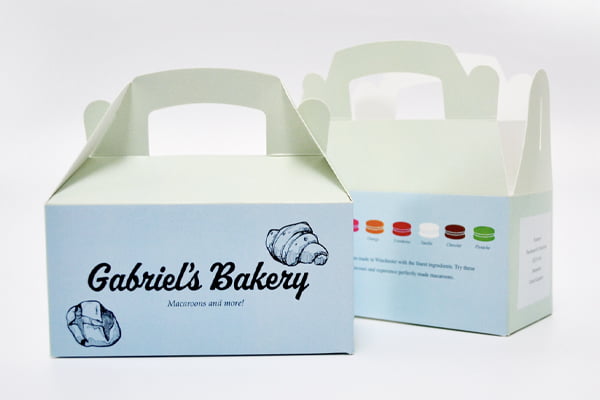
Digitally cut cake box
If you have any more questions about die cutting, traditional or digital call us on 023 8087 8037 or email us.